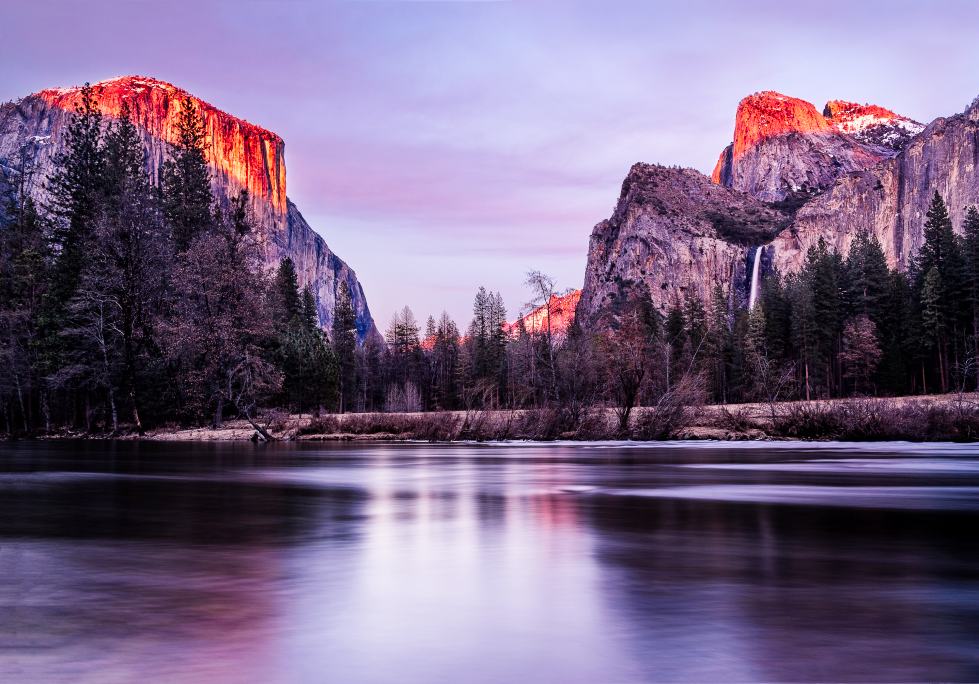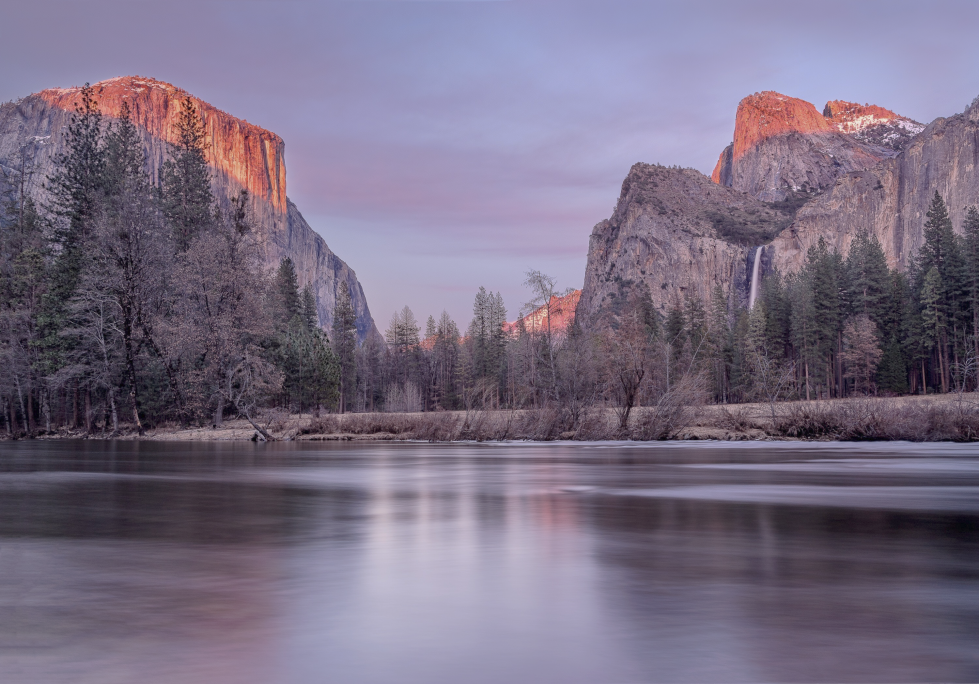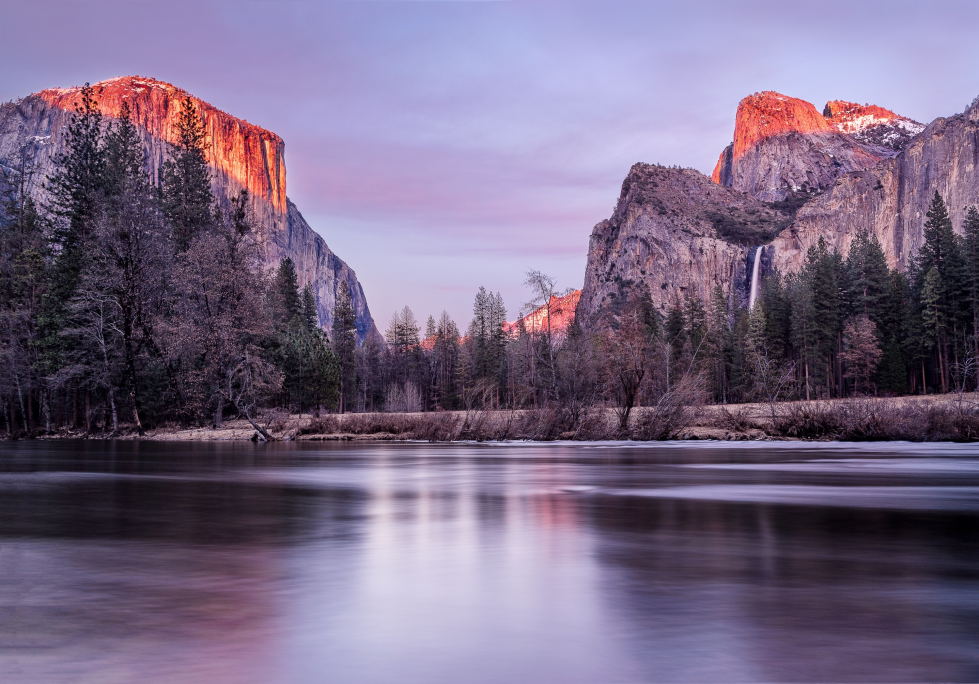Hey! Hi. This page is was duplicated at the Training Courses site, with new edits, at:What Does It Mean: Scope and Flat?
Please use this new site, since it will be the most up to date and it will come with new features. Thanks!
:
The first question: Why Do We Care?
Every Answer begins the same way: There are many things that can go wrong with the presentation of the moving picture.
In this case, we are working with the shape of the picture. Movies evolved from almost square to very wide.
This topic is a little tricky. Even if the shape is wrong – too narrow or too short – at least the image is on the screen. In some cases, the images may look OK if you just glance at the image. But there are things to look for.
Will the audience care? Many will. They will think that the screen looks too small, or the image looks too small. (Nobody ever complains about too big!) They may complain that the people on screen are too thin, or too fat.
Buzzwords: “Scope” “Flat” “Format” “Constant Height” “Constant Width” “Aspect Ratio” “Two-Three-Five” “One-Eight-Five” (written 2.39 or 1.85 and 2.39:1 or 1.85:1). We will show the definition of these terms with examples. Don’t look them up now – they have too many meanings and most explanations are more complicated than we need to be.
The Complication: There are 2 correct forms for an image on the screen. Even in the same facility, some auditoriums may be one type, and other auditoriums may be the other type!
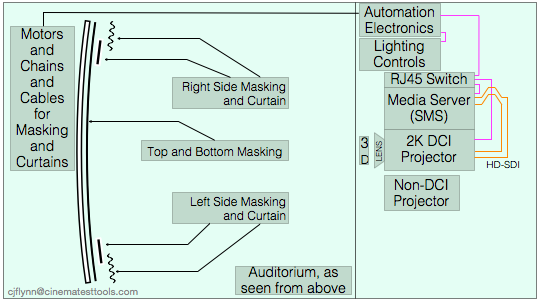
Potential Points of Failure: Screen. Curtains. Motors for Curtains. Cord for Curtains. Masking. Motors for masking. Chains for masking. Automation Electronics. Projector. Automation setting on Playlist. Instructions that tell which setting to put into the playlist!
Don’t let this get too complicated. We are only talking about the size of the rectangle of the movie on the screen.
Movies are created in 2 different shapes. The measurements for both of them is just about 2 times as large side to side (the width) compared to the dimension from top to bottom (the height). For example, the following picture shows this concept of a rectangle that is 2 times wide and 1 times high.
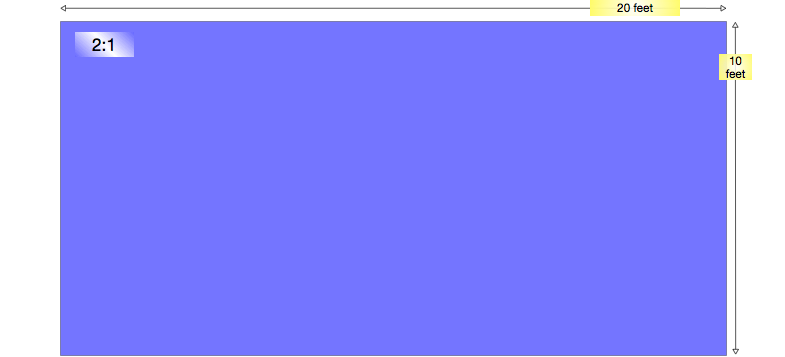
A simple way to write this is ‘2 to 1’ or ‘2:1’, which means 2 units in one direction compared to 1 unit in another direction.)
The important things to remember is:
There are two formats
One format is slightly smaller than 2 times wide and 1 times tall – that format is called Flat.
One format is slightly wider than 2 times wide and 1 times tall – that format is called Scope.
Here is a picture of those 2 formats placed with our 2 to 1 picture.

The choice for this happens very early in the movie making process – probably during the first hours of conversation between the producer and director, or sometimes the director and the cinematographer. Will we shoot this movie wide or do we shoot this movie tall?
Of course, they don’t use those terms. Art and Science are never that simple – there are always special words, or words with special meanings. They choose between “Scope” or “Flat”.
There is no rule that says a movie should be one way or the other. Sometimes a director will only work in one form, then suprise you by making a movie in another. Or, sometimes people will say that all action movies are in Scope. But a little research will show that isn’t always true.
Anyway, after the director’s decision, every scene of that movie will be shot through a lens that is in that form – what is called a format. And of course, the last lens of the movie process – the lens that is attached to your projector – will make the movie appear in that format on your screen.
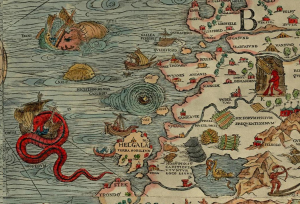 Maybe you remember those old maps with the ship at the edge near the sign that says: Warning – Here Be Dragons~! Well…Warning — Here Be Maths~! …and, yes, we promised to keep math to a minimum. But there will be drawings too, with arrows and bright colors. So, be brave. Continue reading “10) What Does It Mean: Scope and Flat?”
Maybe you remember those old maps with the ship at the edge near the sign that says: Warning – Here Be Dragons~! Well…Warning — Here Be Maths~! …and, yes, we promised to keep math to a minimum. But there will be drawings too, with arrows and bright colors. So, be brave. Continue reading “10) What Does It Mean: Scope and Flat?”

